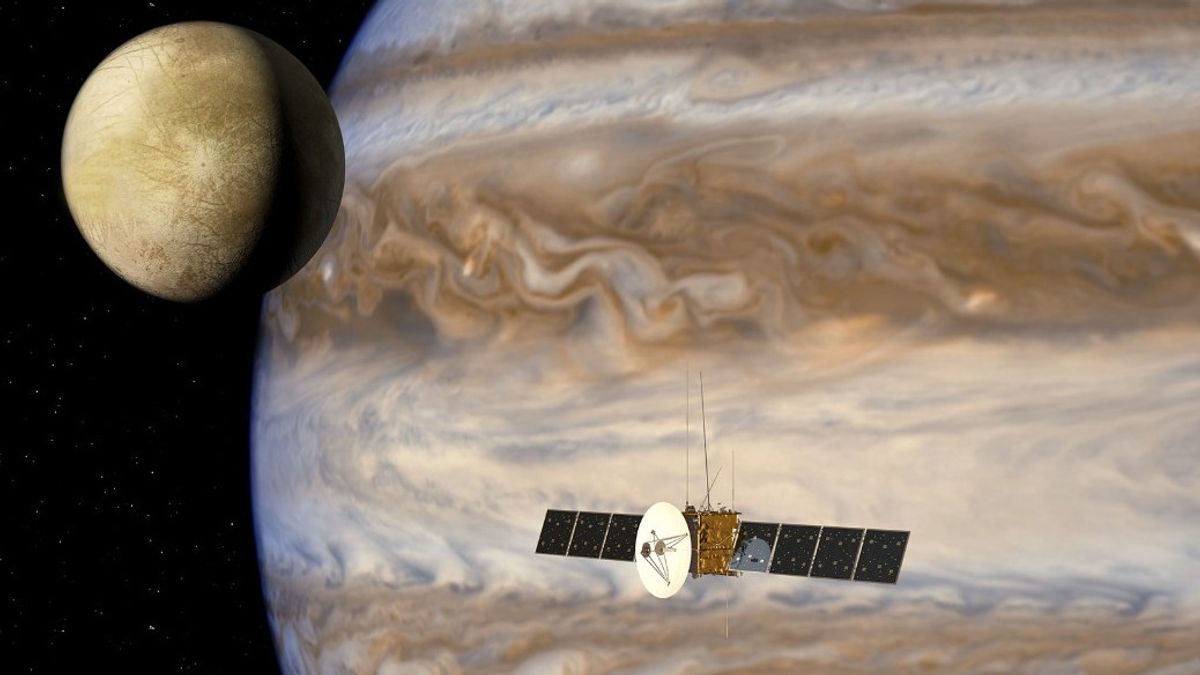JAKARTA – Space exploration continues to search for planets in the universe. This time NASA's spacecraft is reportedly approaching one of Jupiter's moons, Ganymede.
Launching Slashgeari, NASA's Juno spacecraft has been observing one of the largest planets in the solar system, namely Jupiter and its moons since 2016. On Monday, Juno was 645 miles from the surface of Ganymede.
This is the closest distance a spacecraft has taken since Galileo in May 2000. Ganymede is one of Jupiter's largest moons which has a diameter of 3,270 miles and is larger than the planet Mercury.
The Juno spacecraft uses its built-in camera to photograph Jupiter's moons and a number of other instruments. The data will be collected to help astronomers study the composition of Ganymede, including its ice sheet.
Scientists claim that the Juno spacecraft has the complete equipment to study Ganymede. It has not been used in the past.
Juno's proximity to Ganymede's surface benefits scientists to explore Ganymede into the 21st century. The researchers believe the data retrieved by Juno could complement their future missions to help the next generation prepare for missions to the Jupiter system.
Ganymede is a moon of Jupiter that has attracted the attention of scientists. The moon is not only larger than the planet Mercury, but also has an iron core covered in a layer of rock topped with thick ice.
Astronomers believe there may be an ocean beneath Ganymede's surface. In 1996, astronomers studying Ganymede discovered a thin oxygen atmosphere. Although the findings were quite surprising, in fact the atmosphere is too thin to support human life.
For information, Ganymede is a name taken from a Greek mythological figure. He is a great hero figure who came from Troy.
The English, Chinese, Japanese, Arabic, and French versions are automatically generated by the AI. So there may still be inaccuracies in translating, please always see Indonesian as our main language. (system supported by DigitalSiber.id)













